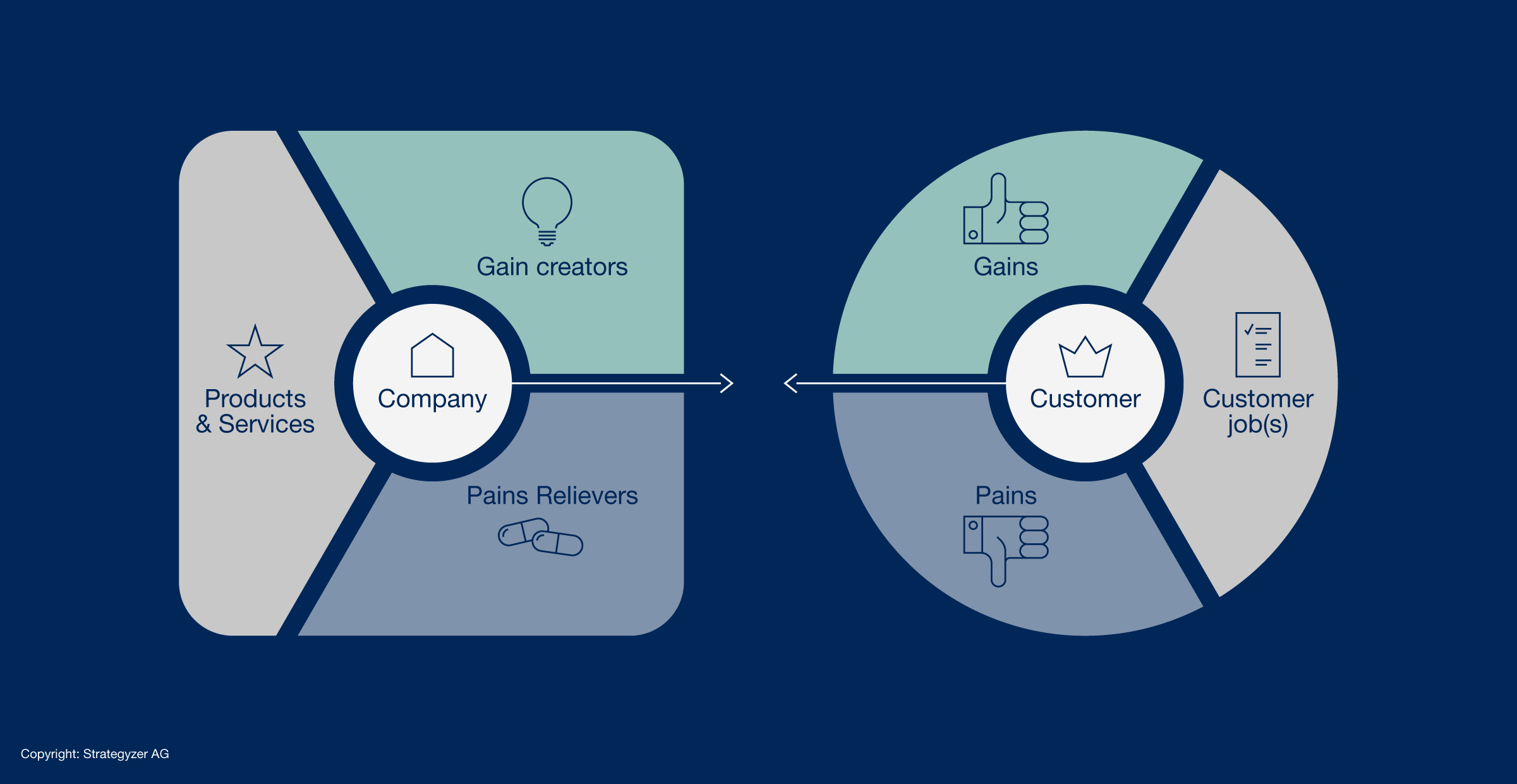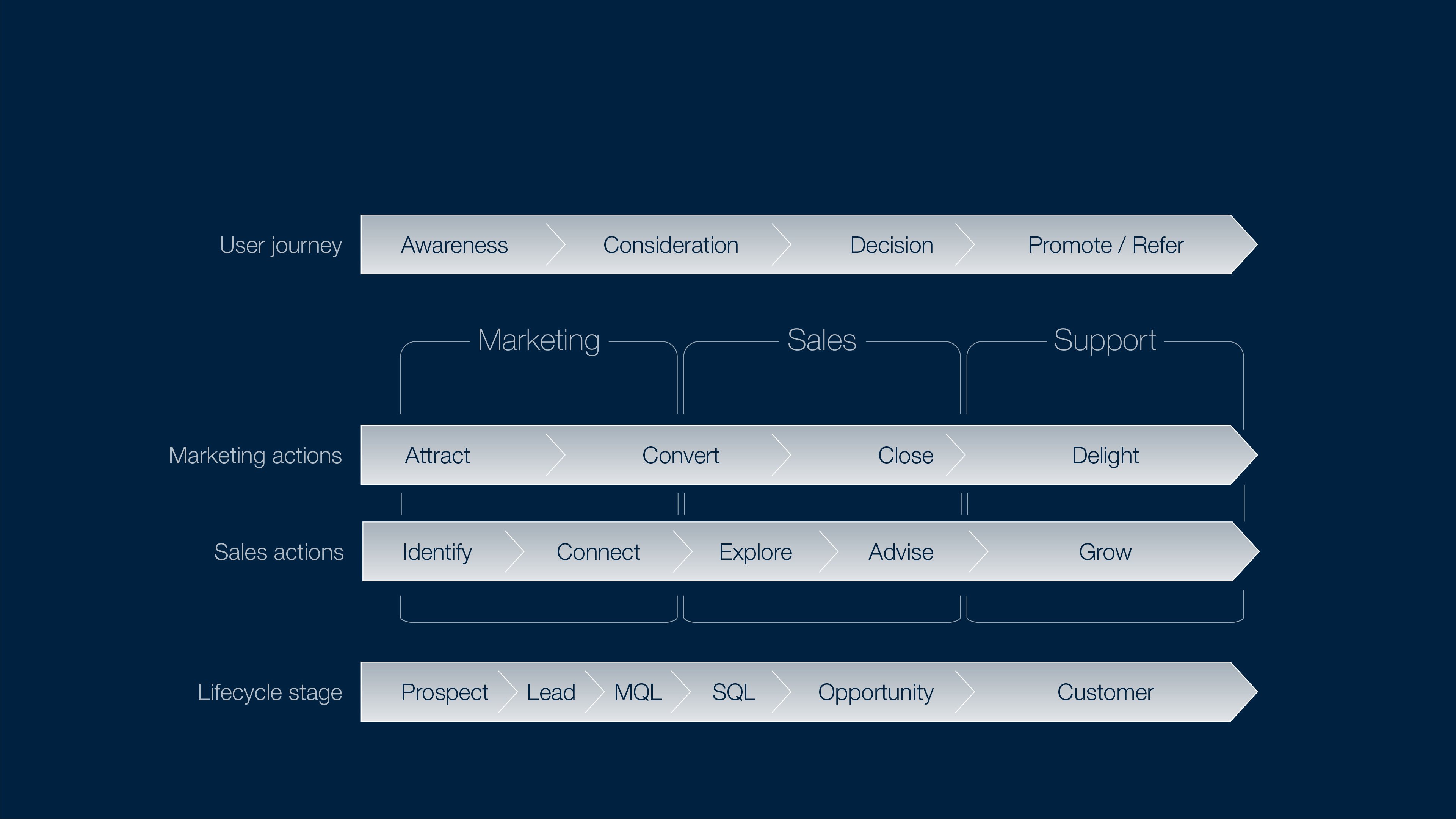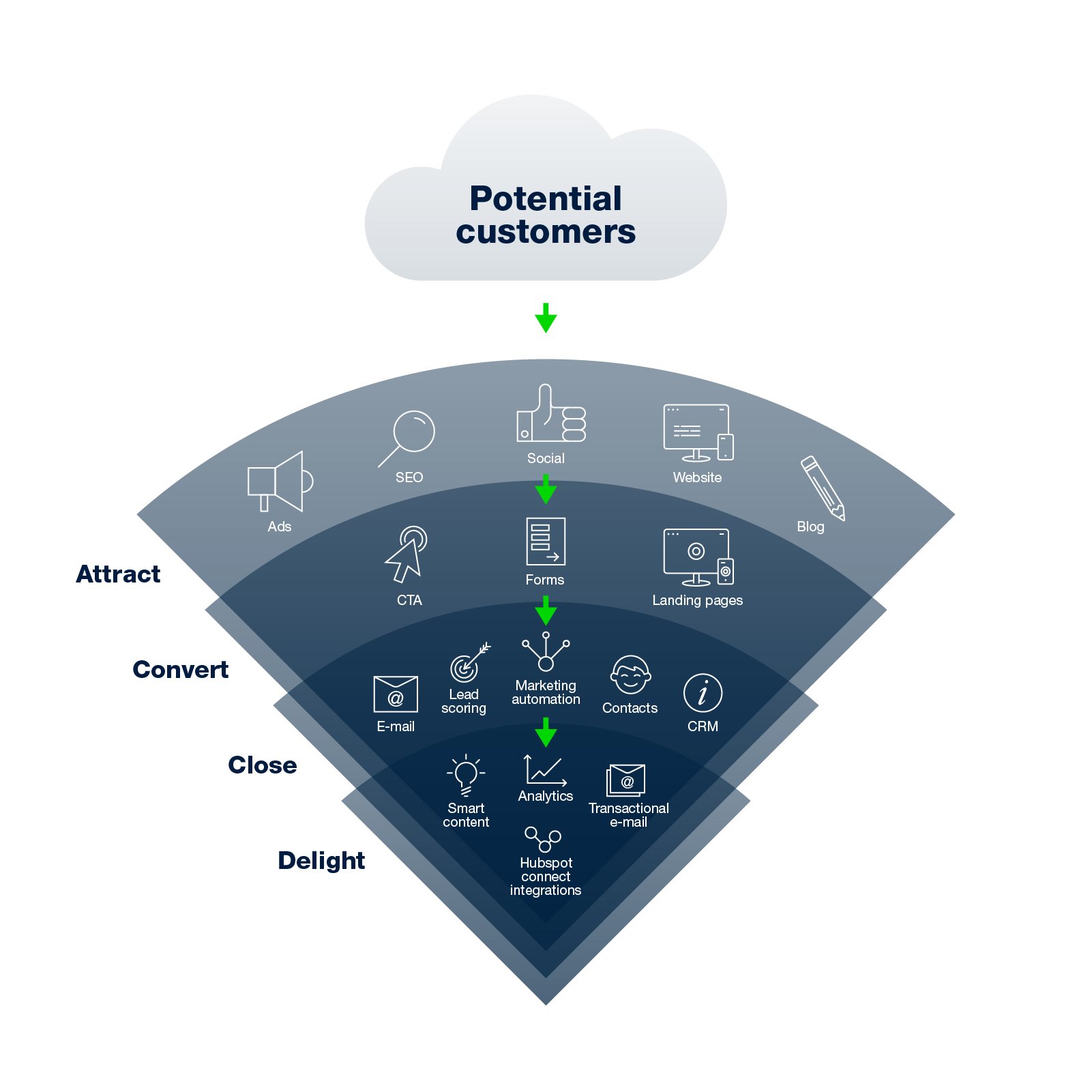For the furniture industry, every year brings new changes and trends in the marketplace, as well as changes in consumer demand and expectations. In order to effectively meet new challenges and withstand the decline in demand that 2023 brings, your furniture business must not only adapt and ensure that your brand perception remains positive, but also develop a marketing strategy that is relevant to the current year.
Why building a marketing strategy each year is important
It goes without saying that marketing in the furniture industry is important[i] — regardless of what is included in your marketing mix, the ultimate goal is to reach your target market and grow your customer base. This simply cannot be achieved without some form of marketing — without research, planning, and development of a thorough and complete marketing strategy, it will be difficult to connect to your audience and ensure brand recognition or online visibility.
Imagine your marketing strategy as a roadmap — you’ll follow along, taking cues and guidance from the roadsigns, and help you make important business decisions that will ultimately lead to your future success. And, when you build your marketing strategy[ii] with a clear idea of how each part of your strategy will correlate to the customer journey map and how each touchpoint will correspond to solving a relevant pain point, you’ll have a powerful marketing strategy indeed.
Dismiss this, and you’ll be missing out on opportunities to increase brand recognition, engage in personalization and targeted marketing, and retaining and growing your customer base — essentially risking losing large portions of your customer base to competitors.
5 steps to help you create a marketing strategy
- Understand you customer's demands
- Map your customers' buyer's journey
- Provide an omnichannel experience
- Leverage social media
- Don't neglect your website
Understanding your customer’s demands
So now you realize not only the importance of a marketing strategy, but also how your marketing strategy should be specially tailored to create a road map for your target market as well — the customer journey map. And the way you do that is to understand your customer’s demands.
It doesn’t matter if you’re focusing on furniture shop display ideas, furniture store advertising, creative ways to increase retail sales, or product display strategies — each component of your complete marketing strategy should find a way to solve a customer pain point and meet their demands.
After all, knowledge is power, and knowing your customer is the greatest power a furniture business can possess. So, the first and most important step in building your business strategy is to know your customer.
What do they want?
What do they need?
What do they care about?
What can you do that will make them happy besides offering them a good product at a good price?
How will your products solve their problems?
We suggest using Strategyzer's Value Proposition Canvas to map out your customers' jobs-to-be-done, pains, and gains first and then matching your products' with those findings. Learn more on strategyzer.com.

Your marketing strategy needs to discover the answers to these questions so that you can build your buyer personas[iii]. The buyer persona is a detailed description of your ideal customer, and all the challenges they face, the problems they need to solve, and what they ultimately desire in a solution.
Learn more from HubSpot's article: "How to create detailed buyer personas for your business [Free template]
When you can answer the above questions and create your buyer personas, you can more effectively build a marketing strategy that directly caters to your ideal customer.
It’s also important to note that the buyer personas you developed a few years ago or even last year may no longer be relevant today. Consumer demands can shift drastically as a result of environmental, economic, or social changes, or even just due to the emergence of new trends. In 2023, you definitely need to focus on how the economic hardships changed your customer's priorities and needs.

That’s why continuous research and data collection is a critical component of building your marketing strategy. There are many ways to collect the information you require, but one of the best ways today is via social media channels (which, incidentally, should also be part of your marketing strategy).
By engaging your customers on various social media platforms, you can get a really good idea of what they want, what they need, and even more importantly, how they perceive your brand.
Understanding your customer's buyer journey
The point that the customer first discovers, searches for, or begins to research a product is the beginning of the customer buyer journey[iv]. Throughout the buyer journey, the customer will arrive at various touchpoints relevant to the product and your brand. This can consist of your website, a Google review, a social media page, your furniture showroom, a chat with a customer service representative, etc.
Altogether, these touchpoints form the customer journey map. This map should be designed as part of your marketing strategy, with each touchpoint focusing on providing a positive customer experience and providing information or a solution to a customer pain point. This is what keeps the customer actively pursuing your product and moving along the map until at such point they make their purchase decision.
If at any touchpoint, they receive a poor experience, such as not finding the information they seek or having an unsatisfactory conversation with a sales rep, they may leave your customer journey map and instead begin a new journey on a competitor’s map.

Therefore, it is critical that you not only fully understand the purpose of the customer journey map when developing your marketing strategy, but also how each touchpoint will help the customer decide if they need your product. It’s also important to remember that your customer journey map isn’t necessarily 100% online — it may encompass in-store experiences and traditional marketing options as well. You’ll need to consider and implement all marketing opportunities, such as furniture shop display ideas, furniture store advertising, creative ways to increase retail sales, and an overall product display strategy, for both in-store and on your website.
To aid you in this endeavor, it makes it easier if you consider that the buyer journey can be broken down into three stages:
The awareness stage:
Buyers have identified a problem or challenge and will need to seek a possible solution. They will need to gather information and find possible sources that can help them solve their problem. At this point, the buyer may not be aware of your brand or your company. You’ll want to form your marketing strategy to make it easy for the customer to find information about you and your products.
When creating awareness, focus on the customer’s pain points[v] — a specific problem the customer is experiencing. By focusing on customer pain points, rather than just your product or brand, you better attract customers to want to actively learn more about you.
The consideration stage:
Buyers are actively seeking a solution. They will determine which appropriate method will be best to find the solution, such as searching online, visiting a store, or contacting a brand directly via social media channels. Over 70% of buyers simply just utilize Google to find informational material and reviews.
Utilizing marketing methods that increase your searchability and online visibility is critical if you want to ensure that potential customers will find you. Also, avoid heavy sales pitches and instead focus on building a relationship of trust.
The decision stage:
Buyers have found their solution but must make a decision. They will do this by evaluating all the criteria they have discovered along the buyer journey. Comparisons will be made, pros and cons will be considered, features and benefits will be appraised, and, ultimately, the overall customer experience will play an instrumental role in their purchase decision.

Providing an omnichannel experience
An important component of the customer buyer journey is being sure that the customer can find you, wherever they might be looking. While it was mentioned above that the majority of customers will utilize Google to learn about a brand or product, that still leaves a significant portion of your target market that will utilize other methods for gathering research. And the Google crowd, as they near the end of the buyer journey, will also turn to additional methods of collecting information.
Furniture store advertising can be one method of reaching out to customers, while product display strategies can appeal to customers who visit your showroom. 3D models and ImageScripting can also be a worthwhile online product display strategy for consumers who don’t visit a showroom but still need a viable solution to the pain point of needing to see a product in great detail.
You might also like: "10 ideas to boost foot traffic to your furniture store"
In essence, you want to explore every opportunity for marketing and communication to make it as easy as possible for the customer to find you and contact you if they desire. In addition to Google, one of the most feasible ways to accomplish this today is via social media channels.

How to leverage social media platforms
Today’s consumers want much more from the brands they choose to do business with aside from good products at good prices. They also want an engaging experience, and the way many of them achieve this goal is via social media platforms. Leveraging social media channels as part of your marketing strategy is not overly difficult — you simply first need to discover which social platforms your target audience is using the most.
Once you discover that, you basically already know where to find your customers. Now you just need to meet them there. But you’ll also need to engage your audience in a way that helps you stand out from competitors, improves brand recognition, and fosters a relationship.
Post relevant industry or product information that is either informative or entertaining and, even more importantly, solves customer pain points and delivers a solution to their problems or challenges. Posting high-quality images and shareable videos with short lead-in times increases engagement and also enables your reach to spread faster and further throughout your target demographic.

How to find your customers on social media
According to Pew Research, 69% of US adults use Facebook, most on a daily basis, and more than 50% more than once a day.[vi] Use social media demographics to not only discover where your audience is spending most of their time but also when and how often they actively participate. SproutSocial has put together a detailed listing of social media demographics for you to peruse.
Don’t neglect your website
Quite often, your website is one of the first touchpoints a buyer will visit when discovering your brand. And with so many more furniture businesses realizing the importance of a stunning website, especially now that consumer shopping habits are leaning towards online purchases, you’ve got to make sure your own website is up to par.
But first and foremost, you’re selling furniture, so you’ve got to be able to present your furniture products in a way that makes them look just as good as if they were being viewed in person on the showroom floor. Use ImageScripting and 3D modeling to produce high-quality, photorealistic images of your products that visitors to your site can rotate, zoom in and out, and even see hidden components.
You might also like: "How to easily generate product image variants for furniture products"
Being able to present your products in great detail, and in all styles and colors, will greatly serve to help buyers make their purchase decision, as well as help you stand out from competitors.
Aside from making your website and your products attractive, you’ve got to remember to also make it easy to navigate. No one wants to have to click through a multitude of pages to find the one product they are seeking. Incorporate easy-to-select categories and search options on every page so that visitors can navigate to what they want as quickly as possible.
And lastly, don’t forget to make your website easily viewable in any format, on any device. Today, consumers are using mobile devices to search for and purchase products much more than traditional desktop computers, so make sure your website is optimized for smartphones and tablets.
In conclusion
Trends and technology in the furniture industry may come and go, but a strong marketing strategy will always play a major role in the success of any brand. Developing your marketing is not a once-and-done deal, either. Your strategy requires constant review to ensure every part is performing to maximum effectiveness and that every touchpoint along the buyer journey is keeping your potential customers on the path to making a purchase. Use analytical tools to see where your marketing is doing well and where it needs improvement. And always strive to deliver better CX.
Doing all of the above will help you highlight your brand and instill brand awareness in your audience, maintain an edge over your competitors, and close more sales both in-store and online. To learn more about marketing your furniture business, download our ebook: "The ultimate guide to generating more sales for furniture companies"
[i] https://womenbelong.com/7-reasons-why-marketing-strategy-is-important-for-your-business/
[ii] https://www.lyfemarketing.com/blog/importance-of-a-marketing-strategy/
[iii] https://blog.hubspot.com/marketing/buyer-persona-research
[iv] https://blog.hubspot.com/sales/what-is-the-buyers-journey
[v] https://www.wordstream.com/blog/ws/2018/02/28/pain-points
[vi] https://sproutsocial.com/insights/new-social-media-demographics/















